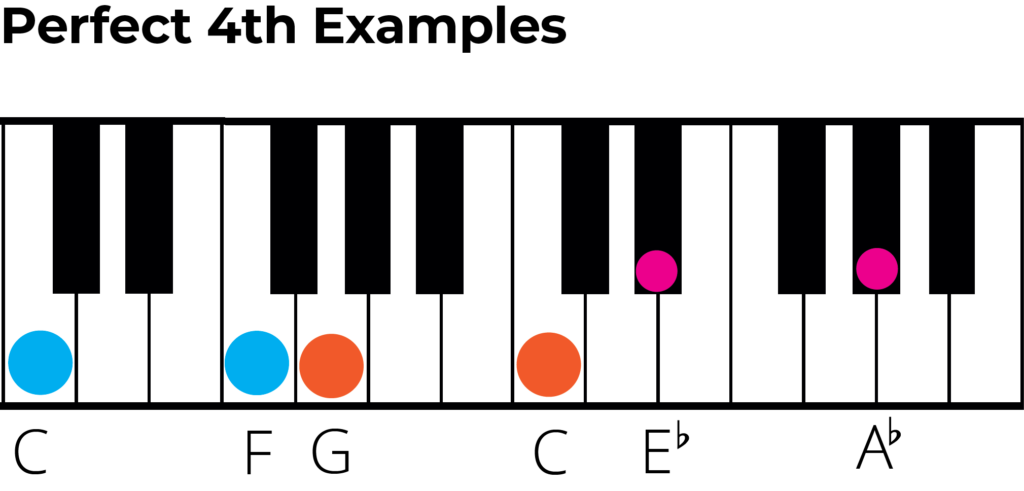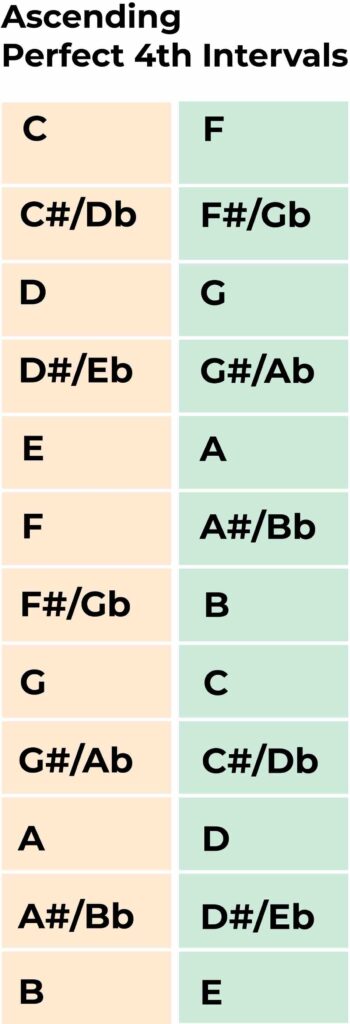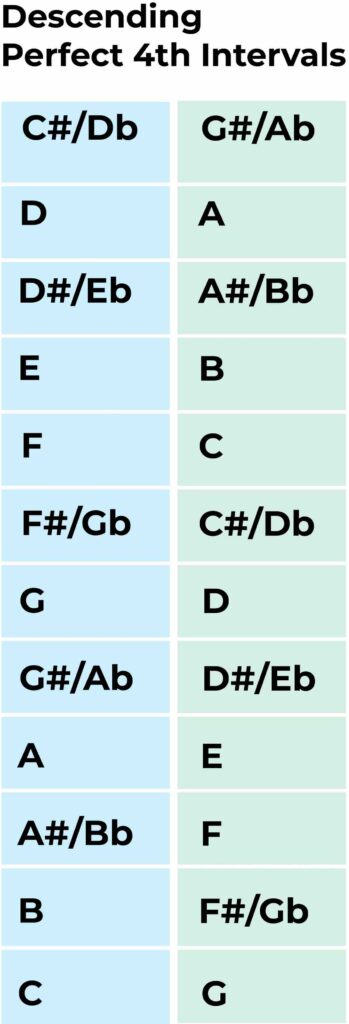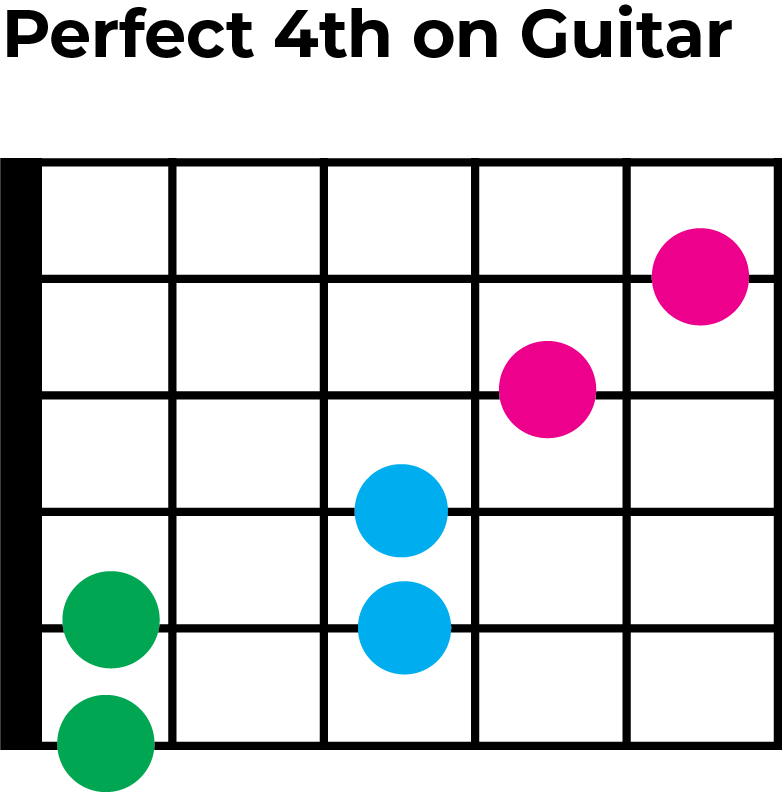
Perfect 5th Interval Songs
twinkle Twinkle Little Star
“Twinkle Twinkle Little Star” is like that classic nursery rhyme that everybody knows by heart. It’s got those simple yet catchy melodies that you can’t help but hum along to.
It is also a great example of a perfect 5th. The C to G is a perfect fifth as G natural is the 5th note of the C major scale.

Star Wars Theme
In the 2nd measure the G to D is a perfect 5th as D natural is the 5th note of the G Major scale.

Game of thrones Theme
The “Game of Thrones” theme is like that epic and intense music that gets you all hyped up for some dragon-slaying and political drama. It’s got those powerful orchestral arrangements and that iconic melody that instantly transports you to the Seven Kingdoms, making you feel like you’re about to conquer the Iron Throne yourself.
The first 2 notes of this melody form a descending perfect 5th. C – G is a perfect 5th as G natural is seven half-steps above C natural.

‘Minuet in G Major’ – J.S. Bach
“Minuet in G Major” by J.S. Bach is like this classy and elegant tune that’s perfect for fancy occasions or when you want to feel a bit fancy yourself. It’s got that timeless melody and charming rhythm that’ll have you tapping your foot and feeling all refined and sophisticated.
D to G is a descending perfect 5th because D natural is the 5th note of the G major scale.

What is a Perfect 5th Interval?
Firstly, the definition of an interval is the distance between two notes. We could play the notes at the same time, a harmonic interval, or one of the other, a melodic interval. So how can we describe the distance between two notes.

Using whole steps and half-steps (tones and semitones)
We could describe an interval in terms of the number of half-steps for the lower note to the upper note. For a perfect 5th we have to go up seven half-steps or three and a half whole-steps to create the interval. You can see examples of this on the piano below.

Using scales Find a Perfect 5th
Simply put, scales are patterns of half-steps and whole-steps. In the major scale, the 5th degree will be seven half-tones above the root note. This interval is therefore call a perfect 5th. In the minor scale, the 5th degree is also a Perfect 5th.

Why is it called ‘Perfect’?
Perfect intervals get their name from having certain harmonic qualities: they are considered highly stable and consonant. These intervals have been traditionally called “perfect” due to their role in creating harmonious and pleasing sounds within Western music theory.
The perfect intervals include the unison, perfect 4th, perfect 5th, and octave (or perfect 8th). These intervals are characterized by their distinct harmonic qualities and the natural mathematical ratios between their frequencies.
It is also worth noting that these notes are the same in both major and minor scales. So you can use either to find them!
Examples of Perfect 5th Intervals
Here is a table which shows Perfect 5ths across a whole octave. Remember that to name an interval ask yourself, ‘Which degree of the lower note’s scale is the higher note?’ If the lower note is E natural, they use the E major (or E minor) scale to count up to the 5th note of the scale, which is B natural. Therefore E – B is a perfect 5th.


How to Identify Perfect 5th Intervals by Ear
The best way to start identifying Perfect 4th intervals is by listening to reference songs like the ones above. This will give you a reference point to look back at when listening to new pieces.
The solfege system can also help as ‘do-sol’ is a Perfect 5th interval (C to G).

ToneGym- The Ultimate Ear Training App
ToneGym allows you to improve your ear with a range of games, interactive and competitions.
Or check out our complete review of ToneGym.

How to Play Perfect 5th Intervals on Your Instrument
If you are a pianist then playing a Perfect 5th couldn’t be easier. Moving up seven keys (or seven half-steps) will you will get a Perfect 5th. Check out the examples below.

Perfect 5th intervals on guitar are also simply to play. Use the shapes below, which can be slide up and down the neck, to play perfect 5ths starting on any note.
In the rock and metal genre, guitarists often use 5th chords (the root and 5th note) to compose riffs. This can make a single note riff round heavier as we have added the 5th, but it will not the chords sound major or minor (because no 3rd is played)

What’s next….?
- Learn about the Perfect 4th intervals.
- Expand your interval knowledge with out complete guide to intervals.
